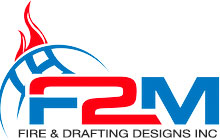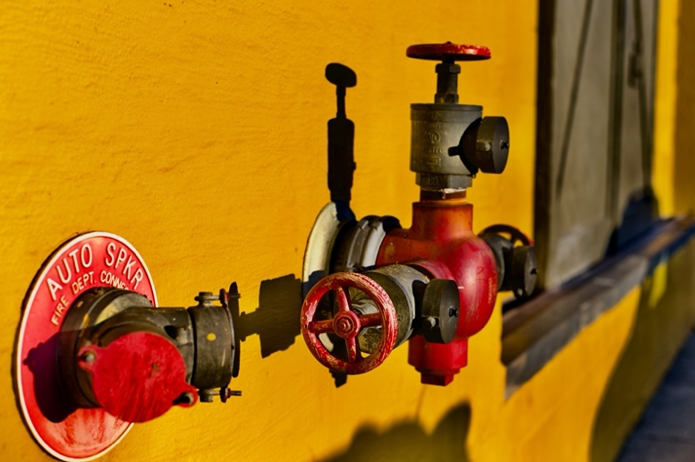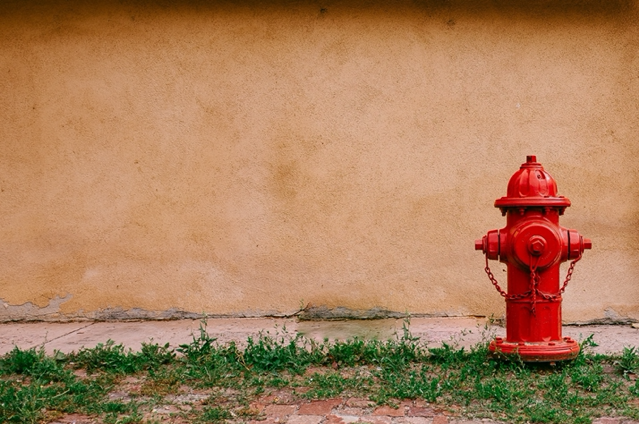Fire Safety
Fire Sprinkler Systems: A Crucial Element of Building Safety
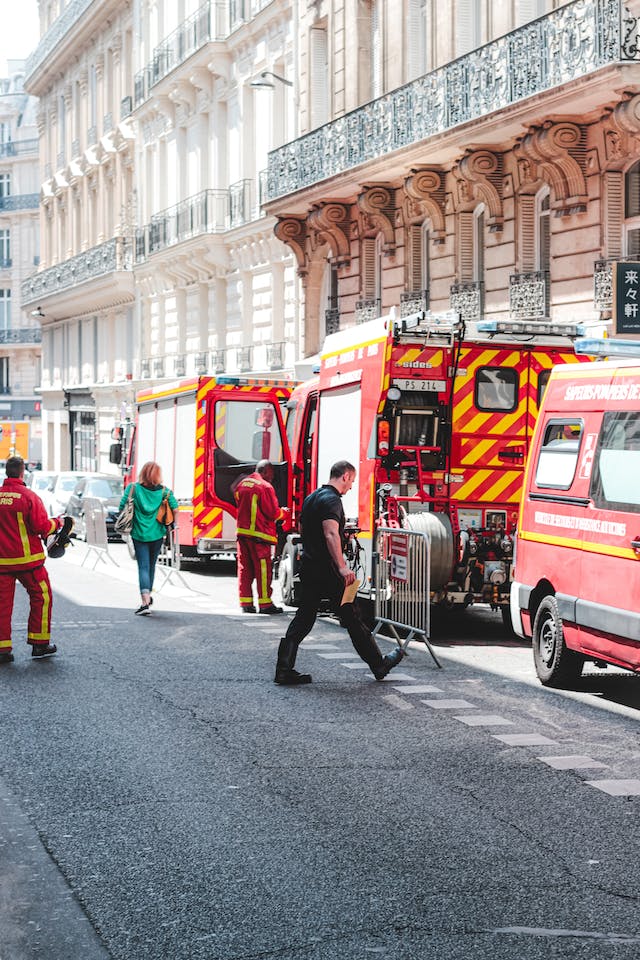 In the realm of building safety, few elements are as crucial as well-designed fire sprinkler systems. These systems stand as silent guardians, ready to respond when the unthinkable happens – a fire outbreak. In this blog post, we explore the significance of fire sprinkler systems and their integral role in safeguarding lives and property.
In the realm of building safety, few elements are as crucial as well-designed fire sprinkler systems. These systems stand as silent guardians, ready to respond when the unthinkable happens – a fire outbreak. In this blog post, we explore the significance of fire sprinkler systems and their integral role in safeguarding lives and property.
The Fire Threat
Fires are unpredictable and can escalate rapidly. Without effective fire suppression measures, the consequences can be devastating. Fire sprinkler systems are engineered to address this threat efficiently and swiftly.
How Fire Sprinkler Systems Work
Fire sprinkler systems operate on a simple yet effective principle: when a fire is detected, a sprinkler head in the vicinity activates, releasing water to control or extinguish the flames. This immediate response is vital, as it limits the fire’s growth and buys precious time for evacuation.
Comprehensive Fire Protection
One of the key advantages of fire sprinkler systems is their ability to provide comprehensive protection. These systems can be tailored to various settings, including residential, commercial, and industrial spaces. They adapt to the unique requirements of each environment, ensuring optimal safety.
Complying with Regulations
Building codes and regulations mandate the installation of fire sprinkler systems in many structures. Compliance with these standards is not only a legal requirement but also a responsible choice. Failing to meet these requirements can have severe consequences in terms of safety and potential legal liabilities.
Preventing Property Damage
Beyond saving lives, fire sprinkler systems play a crucial role in preventing extensive property damage. Swift suppression of fires reduces the destruction caused by flames, smoke, and heat, minimizing repair and reconstruction costs.
The Importance of Maintenance
To ensure the reliability of fire sprinkler systems, regular maintenance is essential. Routine inspections, testing, and upkeep activities are vital in keeping these systems in optimal working condition.
Building Safety: Choose F2M Fire & Drafting Designs Inc. for Your Fire Sprinkler System Design
At F2M Fire & Drafting Designs Inc., we understand the paramount importance of fire sprinkler systems in building safety. Our expertise lies in designing and implementing these systems to perfection, tailored to your specific needs.
F2M Fire & Drafting Designs Inc.
31 South Street, Suite 3S-4
Mount Vernon, NY 10550
✆ (718) 928-3009
Let us be your partner in ensuring the safety of your building and the well-being of its occupants.
The Science of Fire
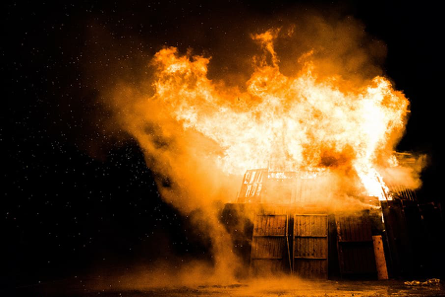
The science related to fire is a very interesting subject. Fire can occur nearly anywhere and anytime under the presence of the right conditions. It will depend on the environmental variable to depict the kind of fire incidents that occur. Is there an abundance of fuel and other factors that give rise to fire? Fire causes the loss of human life, business resources, and structural integrity. Here in this article, we will talk about fire scientifically and discuss the need for fire sprinkler systems for commercial buildings, offices, and other business spaces.
What we call “fire” is a chemical reaction known as combustion. It is a common chemical reaction that takes place around us every day. It requires fuel and other factors, including oxygen in the air, material to burn, and heat to begin the reaction. Once the heat on a material goes up to a certain temperature, combustion takes place. Let’s dive deeper into the process of learning how a small chemical reaction can be detrimental to businesses and the lives of humans who fall victim to fire accidents.
Understanding the Science of Fire
When some form of fuel interacts with the oxygen in the air, the combustion reaction takes place. However, not all oils such as gasoline or wood catch fire when they come in contact with oxygen under any condition. For combustion to begin, the material has to be above a certain threshold of temperature. This will form the right conditions for ignition, and oxygen-aided fire will catch onto the material.
To understand better, here’s the fire triangle that experts and professionals explain:
- Oxygen – present in the air
- Fuel – any material that burns, such as wood, paper, law, etc.
- Heat – enough exhaustion and heat energy transfer to ignite the material
The trio of these elements forms the Fire Triangle that is necessary for teaching fire prevention and control. Why is that necessary? You should always remain prepared for unusual circumstances but more than that, learning what causes what will ensure that you know the right precautions. Removing any of the elements from the equation of the Fire Triangle, such as fuel, heat, or oxygen, will suppress the fire. For example, covering the fire with a blanket can remove the supply of air to it and thus put out the fire.
Learn the Chemical Reaction of Combustion
The most prominent causes of fires in buildings include paper burns, faulty wires, stove accidents, and more. This growing number of causes of fire accidents is demanding more and better forms of fire protection and safety systems. While fuel can be in any state (solid, liquid, or gas), once it reaches a high enough temperature to expel gases (if not gas already), combustion begins. The gas molecules break apart and join with oxygen to form water and carbon dioxide molecules.
Fire keeps erupting if the heat is consistent. Consequently, the heat relies on the burning fuel to maintain a consistent temperature. Altogether, with the presence of enough fuel and heat, the reaction will not come to an end quickly. Hence, the fire spreads once the gases from the reaction start to disperse.
Why Do Businesses Require Fire Sprinkler and Protection Systems?
Reports from National Fire Protection Association show how fires cause so much damage. According to a report of 2017, the property damage from fire accidents totaled $10.7 billion. Be it residential, commercial, or industrial fire, a place with fire hazards is prone to fire accidents. That’s why there are strict codes and standards that fire-hazardous places have to follow.

(Source)
There are many different forms of damages that structures and buildings have to endure due to fire incidents. Fire is a naturally destructive element when viewed on a grand scale. Since minute fires are easily controllable, there are no major causes of concern. Here are the forms of damages that can take place and affect commercial buildings, offices, and other spaces.
- Aesthetics damage
- Smokes pollution
- Soot buildup and smells
- Structural damage
- Fire protection equipment and system losses
- Business resource losses
- Health injuries
- Loss of human lives
- Loss of assets and expensive business resources
The Science of Fire: Conclusion
Do you think that you require a better fire protection system? Do you think your current fire sprinkler or other fire-safety system is capable of keeping our and your environment safe? If the answer is not a “yes,” you should consider reaching out to F2M Fire & Drafting Designs Inc. for help.
We offer the best resources at our disposal, including efficient fire sprinkler designers, using our experience of over 20 years in keeping buildings safe from fire damage. You can rely on us when it comes to keeping your space fire-safe. Call us at to schedule a meeting with an expert today.
F2M Fire & Drafting Designs Inc.
1231 Lafayette Ave, Fl 2
Bronx, New York, 10474
Learn more at our official website.
Reference Links:
https://www2.illinois.gov/dnr/education/Documents/ScienceFire.pdf
https://www.techniquest.org/blog/the-science-of-fire/
https://www.sciencelearn.org.nz/resources/747-what-is-fire
https://hallmark-mc.com/blog/effects-of-fire-damage-to-businesses/
Brief History of Building Fire Protection in NYC
Want to know a quick history of building fire protection in NYC? Some of the most common imagery we associate with New York City is yellow taxis, subways, and skyscrapers. Not to mention, the fire escape is also a common sight in New York City. When you are moving around in NYC, you will notice fire escapes on almost every building. Fire escapes provide a safe route to exit in case of a fire. Having enough of these escapes means that New York has seen enough fire emergencies in the past.
In the 1800s, European immigrants settled in New York City in search of opportunities. Many of those immigrants started low-paying jobs in the numerous factories that occupied early New York. They started living in notoriously cramped tenements and crowded apartment buildings. Because of overly crowded areas, fire emergencies were a common occurrence.
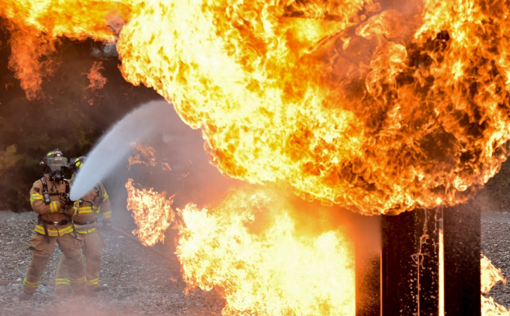
(Source)
Deadly Fires and Fire Protection
Due to the rise in fire emergencies in New York City, authorities passed a law in 1860 regarding fire protection. The law was passed soon after an incident that took place in a street-level bakery and killed 20 people. According to the law, building construction companies were responsible to build fireproof exits in a building with eight or more families. However, there were numerous challenges in installing a fireproof staircase inside the building. Major challenges included the cost of building interior staircases. Furthermore, it also reduced rental space. Soon authorities released new building codes that allowed landlords to install exterior staircases made with wood or iron.
However, after new regulations, building management didn’t follow the fire safety code and the poor fire safety went on for 50 years. The authorities made building safety precautions mandatory after the death of 146 garment workers at the Triangle Shirtwaist Company. That day, about six hundred workers were locked in a building. The factory only had two exits, but one of those exits was locked by the management to avoid theft. When the fire broke, people weren’t able to escape the building easily.
After this tragic incident, more than 80,000 people protested at Manhattan’s Fifth Avenue. The government passed Sullivan-Hoey Fire Prevention Law in October 1911. This law enforced the installation of fire sprinkler systems through factories and buildings in New York City. The New York City Fire Prevention Bureau was founded after this new law.
In 1927, the government introduced Building Exits Code that made it obligatory for newly constructed buildings to build fireproof interior stairs. The developers started making fire escapes in every building until 1968. After that, factories and residential buildings started installing sprinkler systems as it is one of the most efficient ways to prevent fire damage and save lives.
Top Fire Protection for Residential Buildings in NYC
Here are some safety measures that every residential building in NYC should take:
1. Emergency Evacuation Routes
Every building should have open spaces as it helps take appropriate safety measures. According to Occupational Safety and Health Administration and National Fire Protection Association, it is important to keep windows, doors, and other access clear for entering and leaving the building. This enables residents to easily escape the building, while the fire department can enter inside. Buildings should also include unobstructed fire doors, pathways, windows, stairways, and have other fire hydrant paths.
2. Fire Alarms and Sprinkler System
Fire alarms and sprinkler systems are also important in case of fire emergencies. Fire alarms warn the residents to evacuate the building. On the other hand, a fire sprinkler system controls the fire while the fire department is on the way. Fire alarms and sprinklers contain sensors that immediately sense a fire and protect the building from life-threatening and property-damaging hazards. Furthermore, it is essential to keep these systems 100% functional. Are you looking for a company to design a fire sparkler system? You can get in touch with F2M Fire & Drafting Designs Inc. for the best fire protection system design services in NYC.

(Source)
3. Prevention and Maintenance
It is important for building management to take care of their occupants. They need to inspect the building and take preventive fire measures. They should check fire alarms and sprinkler systems along with improving faulty systems. If you don’t take preventive measures, you have to pay hefty fines for not abiding by the NFPA 72 inspection standards.
4. Fire Protection Companies
This may sound unusual, but you can hire fire protection companies with 24/7 emergency services. These services also fix water supply and fire equipment systems after a leak or malfunction.
History of Building Fire Protection in NYC: Conclusion
At F2M Fire and Drafting Designs Inc., we have professionals and trained technicians with extensive experience. They inspect commercial buildings and create fire sprinkler system designs for platinum level, to code, fire protection.
Call us to discuss your fire protection design project today at (718) 928-3009.
All About Building Fire Safety
Learn here all about building fire safety. When you study most of the fire incidents, you find they mostly occur in homes. Therefore, a properly designed fire protection system can significantly decrease financial and human loss. It not only prevents the overall death count but also minimizes the efforts of the fire department to put out a fire. Furthermore, taking proper fire safety measures for a building will also prevent smoke. As a result, it keeps both the residents and fire department officials away from harm.
Basic Principles of Fire Safety
The basic values of fire safety include detection, alarm, and suppression. These are the cardinal rules to abide by when preparing a building for fire security. If a building’s design does not adhere to these principles, then it is vulnerable to collateral damage by fire.
Thus, building fire safety is one of the essential aspects of interior and exterior design. Any discrepancies in fire safety can ultimately cost the lives of hundreds. Moreover, it can also be a huge blow to investors, causing them to lose thousands of dollars.
Building Codes
Leading authorities on fire safety invented building codes to help prevent deaths from fire. Their main aim was to make buildings withstand fires long enough for residents to exit safely. The main code is the Life safety code; it dictates the minimum level of requirements for fire safety in buildings and structures. It includes means of egress, fire alarm system, and type and location of fire smoke detection equipment.
The Role of Interior Designers
Interior designers often use the building codes as a reference when fulfilling fire safety requirements. Interior designers have to rely very heavily on building code requirements. They keep the codes in mind at all times. Whether they are selecting the fabric for a commercial building or even checking the floor for the number of emergency exits, building codes are crucial.
Interior designers have to respect the fire safety codes, as any violation of the code can lead them to trouble. Before they can carry out a project, they need to ensure that the design meets all the applicable codes. Compliance with the codes helps keep the construction and building process smooth and free of accidents.
Common Fire Safety Objectives
The most common fire safety objectives are to protect life, property, and the continuity of operation. When it comes to the protection of the structure, the materials of the building matter the most. They affect how long the structure remains erect under fire. The columns of the building are the most vital elements of a property. Then come the girders, beams, and floor slabs.
You will note that most builders construct large buildings with reinforced concrete or protection steel. Even though steel does not burn, it is vulnerable to losing its structural strength under high temperatures. Hence, it is likely to sag and lose its shape under certain extreme temperatures. In terms of fire resistance, concrete structures stand out as the best amongst all.
Building Features that Offer Fire Protection
Certain structural components and installations help enhance the fire security in a building. These involve fire barriers, firewalls, areas of refuge, horizontal exits, fire extinguishers, sprinklers, and more.
Fire Barriers
To prevent the quick spread of fire, constructors can divide the areas of a building into compartments, which can then include the enveloping of a fire barrier. Building makers create them for occupancy separations between different building functions. They help create a barrier to places in a building that are most vulnerable to a fire outbreak.
Firewalls
You can also refer to firewalls as occupancy separations. Every space or room in a specific structure needs to have dividing firewalls. They offer continuous protection from the foundation of the building to the roof, including each exterior wall.
Additionally, they have structural properties that allow one side of the wall to stay upright even if the opposite side fails. Good firewalls need to withstand fires for about three to five hours. However, the presence of fire sprinklers can help reduce the amount of time the wall needs to be rated for.
Areas of Refuge
Areas of refuge are incredibly helpful in high towering buildings in which the people find it difficult to evacuate. They allow distressed people to wait in a safe space until rescue arrives. Their usual location is near a stairway, and these spaces remain free and clear of smoke and fire. Apart from fire, excessive smoke can also be fatal for an individual.
Fire Sprinklers
Fire sprinklers are crucial installations for fire-prevention. They can single-handedly extinguish a fire outbreak in just a matter of minutes. Sprinklers are essential tools that contribute greatly to fire suppression, which means that they keep the fire from getting out of control. A complete fire extinguisher system consists of a network of pipes at the ceiling level. As soon as they detect smoke or certain temperatures, they become highly active and begin to sprinkle water.
Building Fire Safety: To Conclude
If you require design & consultation services for a fire sprinkler system, look no further. At F2M we provide you with over 20 years of fire sprinkler system design services.
Visit our website for more information, or call us at (718) 928-3009.
